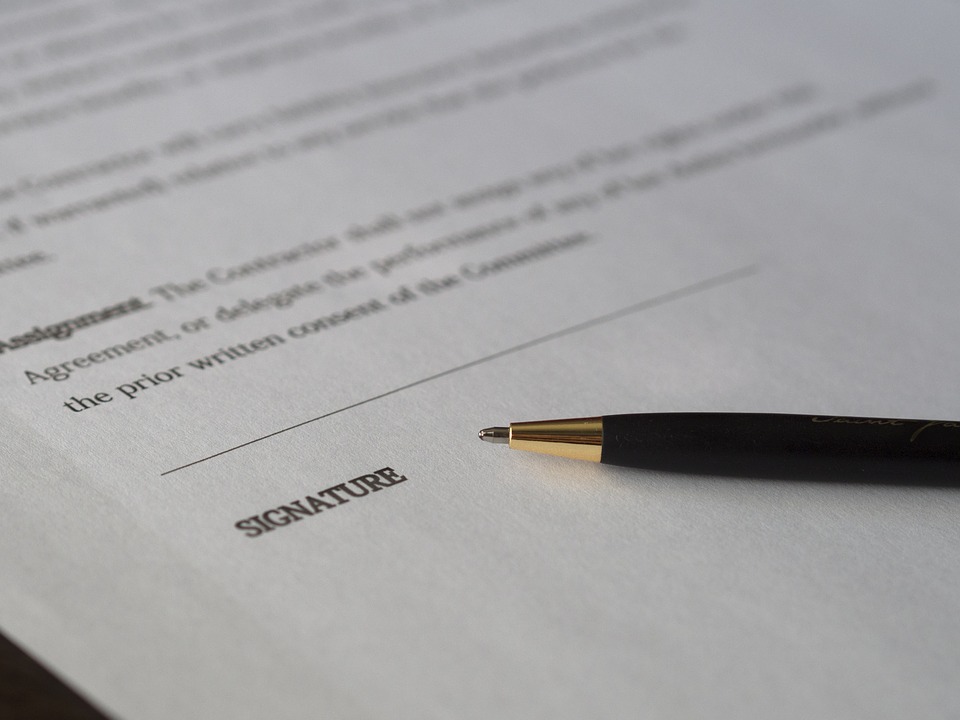5 Overlooked Clauses of a NY Residential Lease
When people move to Long Island or surrounding areas, there is a good chance that their first “home” will be a rental property. In fact, there is such high demand for rental property in Long Island, that the current vacancy rate is only 4%. What this means is a lot of people are viewing properties, moving into apartments or townhouses, and setting up their new space every single day. An essential part of this process is signing a residential lease.
While most parties involved in the commercial leasing process are experienced in reviewing, negotiation, and signing lease agreements, this isn’t always true for residential property in Long Island. Some residential lease agreements even go unread by the tenants who sign them. The fact that parties may be less informed, and certainly less knowledgeable, means that the “boilerplate” or standard clauses must be clear and straightforward.
As well, it is important that all essential information and provisions are provided in a landlord’s form contract. Price and duration are hard to forget, but there are other clauses and pieces of information that many landlords overlook. These five clauses should be in every residential lease agreement, yet frequently are forgotten.

#1: Limits on Occupancy
Every landlord needs to have restrictions and limits on the people who live within the apartment or house. Yet, this is often forgotten within the lease agreement. There are actually two provisions that a landlord needs to closely control occupancy in the space. First, an initial provision or clause should state that occupancy is limited to individuals (and minor children) who are parties to the lease agreement. This gives the landlord recourse if other individuals are found to occupy the space, even on a temporary basis.
Second, every residential lease agreement should have restrictions on assignment of the lease agreement. Most importantly for a landlord, there should be a restriction that requires approval for assignment or subletting.
#2: Allowing Pets and Restricting Size or Type

Most residential properties in Long Island have a firm pet policy. There is the initial question, are animals allowed at all, and then the following questions of what type of animals, what size animals, and how many. This information can be posted within the building or provided to the tenant as an information sheet, but if it’s not in the residential lease agreement, then it is more difficult to enforce. Again, this is a clause that calls for clarity and specification in order to keep tenants in compliance with the property rules.
#3: Method and Place of Rent Payment
Many landlords rely on oral instructions or conversation to specify the time, place, and method for payment of rent. However, to provide the best information to tenants and protections for the landlord, this should be communicated within the lease agreement. Payment of rent is not only the most important aspect of a lease for a landlord, but one of the bigger frustrations of property management. Therefore, the instructions should be specific.
For example, in terms of where to pay rent the lease should state the exact website utilized or mailing address. If it is payment to a physical office, then that office’s address should be stated. The same level of detail should be included for the timing of rent payments, such as 5:00pm on the first of every month, and what form of payment is accepted, such as check, cash, or electronic payment.
Lastly, the payment clause should also include terms for changing this information and specify how those changes will be provided to the tenant.
#4: Who Has Maintenance Responsibilities

A residential lease needs to state which party is responsible for fixing what. Many landlords in Long Island take responsibility for daily and regular maintenance tasks, such as clogged drains, broken appliances, and leaky roofs. Meanwhile, damage that is out of the ordinary or due to negligence by the tenant is typically the tenant’s responsibility, or at the very least is paid for by the tenant’s security deposit. All of this information, and exceptions to these situations must be included in the lease agreement.
As well, the residential lease is the best place for a landlord to provide contact information for building maintenance and repairs.
#5: The All Important Holdover Clause
What happens if a tenant stays past the term specified in a residential lease? In commercial contracts, the conditions of this extended lease are provided in a holdover clause. This particular provision delineates the payment of rent, restrictions, and penalties on “holding over” or staying past the lease term. Residential leases can include a similar provision. A landlord may want to enforce a higher rent until a new lease is signed or enforce other penalties for this extended and unforeseen term.
However, in residential leases a holdover tenant is entitled to specific notices before eviction.
Another option, which is frequently employed by landlord’s in Long Island is requiring a tenant that overstays the lease term to remain in the property on a month-to-month basis and accept any rise in rent that applies to such situation.
Most importantly, the lease agreement needs to tell the tenant what happens when the lease ends and what actions to take to avoid penalties.
Need Advice on a Residential Lease?
If you are a property owner or residential landlord in Long Island, it is beneficial to have a residential real estate lawyer review your lease agreement. Better than any general advice or recommendations, an attorney can provide advice that is tailored to your property and its quirks or unique features.
Ready to speak with a lawyer? Contact residential real property lawyer Sami Perez at (516)-216-5060.
